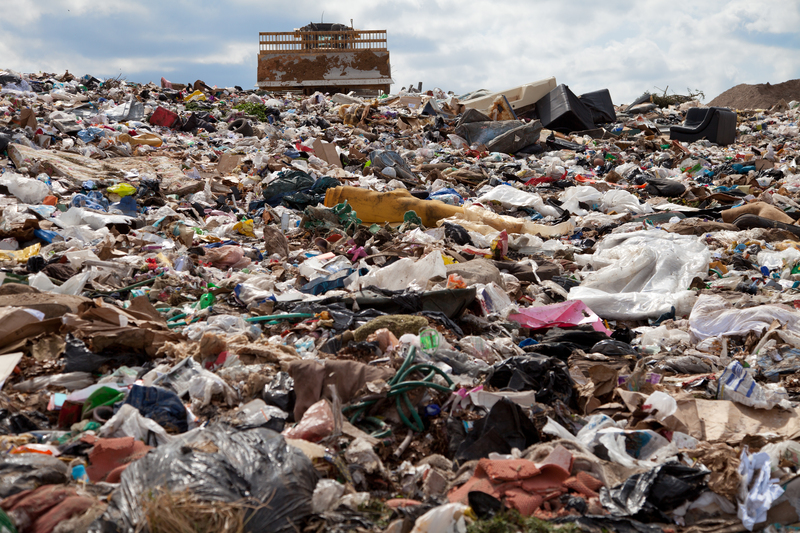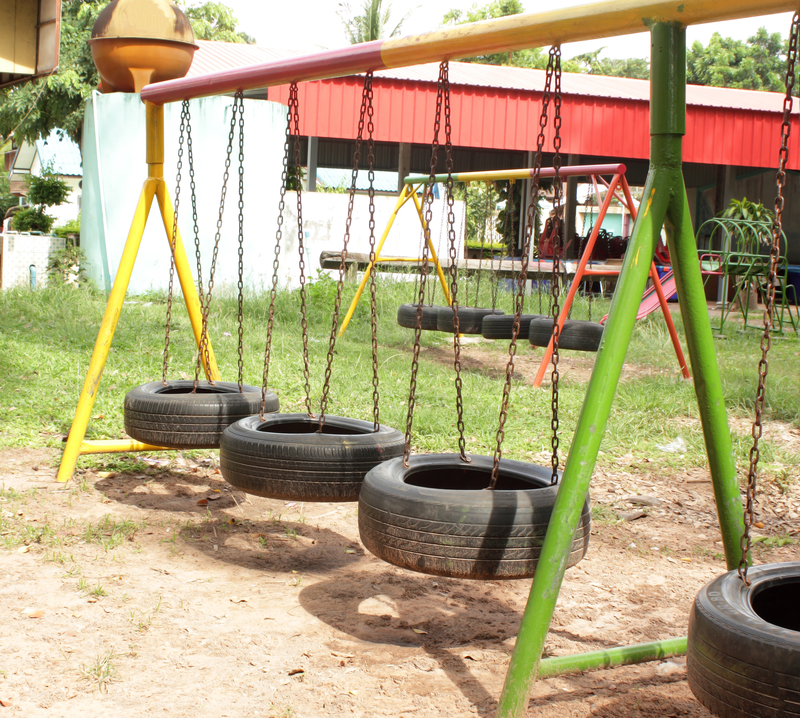Comprehensive Hoarder Clean Up to Eliminate Overwhelm: Your Ultimate Guide
Are you or a loved one struggling with hoarding and feeling lost in a sea of overwhelming clutter? Discover effective, compassionate, and thorough strategies for a comprehensive hoarder clean up that can help restore order, cleanliness, and peace to any living space--read on for actionable steps and expert insights.

Understanding Hoarding: More Than Just a Mess
The process of hoarder clean up goes far beyond simply discarding unwanted items. Hoarding disorder is a complex mental health condition characterized by persistent difficulty discarding or parting with possessions, regardless of their actual value. This accumulation often results in cramped living conditions filled to capacity, homes that are hazardous, and significant distress or impairment in important areas of functioning.
- Emotional attachment to items, even those considered trash by others.
- Perceived future value or usefulness of objects.
- Fear of losing important memories attached to things.
Comprehensive hoarder cleanup addresses not only the physical aspects of clutter but also the emotional, psychological, and environmental challenges involved.
Why is a Thorough Hoarder Clean Up Essential?
Ignoring or only partially cleaning a hoarded environment can result in:
- Increased health risks such as mold growth, pest infestations, and fire hazards.
- Structural damage to the property due to excess weight or hidden leaks.
- Social isolation and emotional distress for the individual and their loved ones.
Implementing a comprehensive hoarder clean up brings order, safety, and a fresh start, while also addressing underlying causes to prevent relapse.
Preparing for a Hoarder Cleaning Project: A Step-by-Step Approach
Before diving into the process of decluttering, preparation is key to eliminating overwhelm and ensuring success. Here's how to lay the groundwork for a successful hoarder cleanup:
1. Assess the Situation
- Conduct a thorough walk-through of the property. Take photographs for reference.
- Identify immediate hazards such as blocked exits, rotting food, or pest infestations.
- Evaluate the extent of accumulation in all areas, including rarely used spaces like attics or garages.
2. Assemble a Support Team
- Reach out to compassionate, non-judgmental family and friends.
- Consider hiring professional hoarder clean up services with experience in extreme cleaning and trauma-informed care.
- Engage mental health professionals if needed, as emotional support is crucial.
3. Gather Supplies and Protective Gear
- Heavy-duty trash bags, boxes, and storage bins.
- Gloves, masks, and protective clothing to guard against dust, mold, and unknown substances.
- Cleaning and disinfecting products, as well as tools for removing stubborn debris.
4. Design a Realistic Cleaning Plan
- Break the job into manageable zones or rooms.
- Set achievable daily or weekly goals to prevent burnout.
- Establish criteria for sorting--what to keep, donate, recycle, or discard.
The Phases of Comprehensive Hoarder Clean Up
Phase 1: Decluttering and Sorting
This is perhaps the most emotionally challenging step in a hoarder clean up. To make it less daunting:
- Start with less emotionally charged items--bathrooms or expired pantry goods.
- Create four main piles: Keep, Donate, Discard, and Recycle.
- Use clear labeling and inventory lists to keep track of decisions.
- Be patient and encourage frequent breaks.
It's important to remember that every decision should respect the hoarder's feelings and boundaries.
Phase 2: Removing Trash and Unwanted Items
- Arrange for a dumpster rental or multiple trash pickups, if needed.
- Dispose of hazardous materials--batteries, chemicals, expired medications--according to local regulations.
- Coordinate with donation centers and recycling facilities for usable goods.
Phase 3: Deep Cleaning and Sanitizing
- Vacuum and sweep all floors, walls, and ceilings.
- Clean and disinfect surfaces, especially kitchens and bathrooms.
- Address pest infestations and remove mold or mildew.
- Repair any structural damage revealed during the clean up.
Phase 4: Organizing and Preventing Relapse
- Invest in functional storage solutions: shelving, labeled bins, and drawer organizers.
- Develop a simple cleaning routine to keep spaces clutter-free.
- Work with the individual on habit formation, such as a "one-in, one-out" policy for new items.
An ongoing support system is vital for long-term success and preventing the return of hoarding behaviors.
Tips for Reducing Overwhelm During a Hoarder Clean Up
- Start Small: Focus on a single closet or drawer, then gradually expand to bigger spaces.
- Pace Yourself: Set time limits for sessions to avoid exhaustion.
- Celebrate Progress: Recognize accomplishments--no matter how minor.
- Self-Care: Attend to emotional needs with breaks, hydration, and nutritious meals.
- Seek Professional Help: Don't hesitate to contact hoarder cleaning services or mental health experts when needed.
Professional Hoarder Clean Up Services: When and Why to Call Them
If the situation is severe, involves biohazards, or causes significant distress, it's wise to hire experts in comprehensive hoarder clean up:
- Trained staff who understand the intricacies of hoarding disorder.
- Specialized equipment for deep cleaning, pest control, and restoration.
- Discrete and compassionate service to protect privacy and dignity.
- Time efficiency--professional teams can restore spaces much faster.
Many companies provide aftercare support and referrals to organizing coaches or therapists.
Maintaining a Clean and Organized Home After Hoarding
1. Establish Simple Daily Habits
- Spend 10-15 minutes daily tidying hot spots like kitchens and entryways.
- Sort mail and paperwork immediately to prevent new piles.
2. Monthly Maintenance Checks
- Review closets, pantries, and storage bins for unused items.
- Schedule regular donation or recycling drop-offs.
3. Emotional and Practical Support
- Join a support group for people recovering from hoarding disorder.
- Engage in therapy or counseling as needed.
- Enlist accountability partners--friends or family who can encourage and help maintain order.
With consistency and the right support, preventing the return of overwhelming clutter is possible.
Resources for Comprehensive Hoarder Clean Up
- Mental health resources from the National Institute of Mental Health
- Hoarding disorder support and self-help
- Professional hoarder clean up services in your area

Frequently Asked Questions About Hoarder Clean Up
1. How long does a comprehensive hoarder clean up take?
This depends on the size of the property and the level of accumulation. A small apartment may take several days, while a multi-room house can span weeks or months. Hiring professionals can shorten the duration significantly.
2. Is it possible to clean up a hoarded home without professional help?
Yes, for mild to moderate situations, a determined team of family and friends can handle the task. However, safety and emotional considerations should come first--do not hesitate to call professionals for severe cases.
3. How do you address the emotional aspects of hoarding during a clean up?
Empathy and patience are crucial. Involve the individual in decisions, provide reassurance, and offer access to therapy if needed. Understand that hoarding is a mental health condition, not a character flaw.
4. What if the person does not want to clean up?
Approach with compassion and avoid ultimatums. Educate yourself on motivational interviewing techniques and the stages of change. It may be necessary to engage mental health professionals to support voluntary participation.
Conclusion: Reclaiming Homes and Lives Through Comprehensive Hoarder Clean Up
A comprehensive hoarder clean up is a life-changing process that requires planning, compassion, and perseverance. By addressing both the physical and emotional dimensions of hoarding, you can restore safety, organization, and pride in any home. Whether you choose the DIY route or bring in professional support, the keys to eliminating overwhelm are consistency, understanding, and ongoing care.
If you, a family member, or a friend is struggling with the daunting challenge of hoarding, remember: help is available, and change is possible. Take the first steps today towards a clutter-free, peaceful, and healthy living space--you're not alone on this journey.
